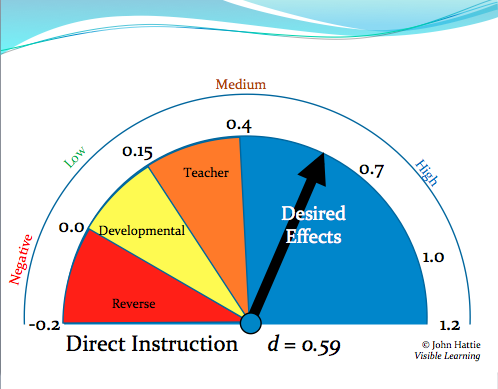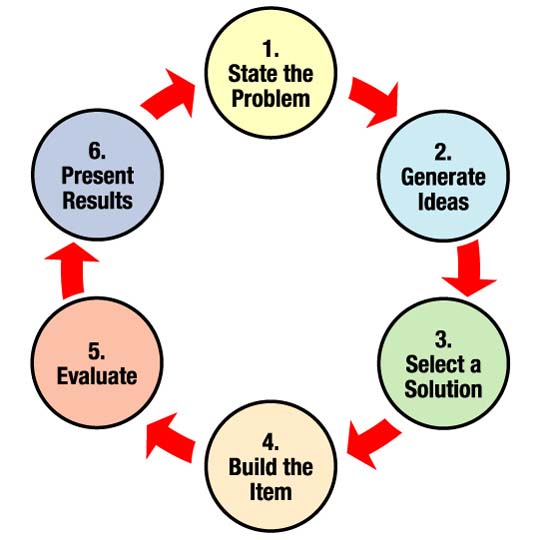USTA 2017
Storylines- 8th SEEd Prezi
- Presentation Notes
- USBE New SEEd Standards
- Next Generation Standards--What is a storyline? And examples
- http://dsdscience.org
- www.seedstorylines.org
- OER Textbook at www.tinyurl.com/UtahscienceOERbook
- USCC drop page: https://www.seedstorylines.org/submit-a-storyline-or-lesson
USTA 2015
How to "beef up" inquiry lessons to include explicit instruction and STEM components
STEM is the hot topic amongst science educators around the nation. Have you wondered if you are incorporating enough STEM components into your curriculum? In order to prepare our students of today for the jobs of tomorrow, we have to provide opportunities to not only learn content, but to develop critical thinking and collaboration skills as well. Cookbook, step by step labs simply won’t do. Come and join the discussion on how to improve inquiry lessons to include explicit instruction and STEM components.
USTA Presentation PowerPoint
USTA Presentation PowerPoint
Objectives:
1. Be able to create/modify an existing lesson plan to deliberately include explicit instruction.
2. Be able to incorporate at least one STEM component into that lesson plan.
1. Be able to create/modify an existing lesson plan to deliberately include explicit instruction.
2. Be able to incorporate at least one STEM component into that lesson plan.
Explicit Instruction (a.k.a. Direct Instruction)
(*Most teachers do two of the steps really well. Find your weakness and focus on improving that.)
Rational--to ensure students understand the concept being taught.
Model I do it. My turn; model how it is to be done.
Prompt We do it. Let’s do this together; allow a student to direct.
(Optional) Y’all do it. Try it with a partner; clarify any misconceptions; feedback.
Check You do it. Your turn; practice/homework.
Dr. Anita Archer’s Handouts
Rational--to ensure students understand the concept being taught.
Model I do it. My turn; model how it is to be done.
Prompt We do it. Let’s do this together; allow a student to direct.
(Optional) Y’all do it. Try it with a partner; clarify any misconceptions; feedback.
Check You do it. Your turn; practice/homework.
Dr. Anita Archer’s Handouts
|
How effective is Explicit Instruction (Direct Instruction)? Studies show that the effect size of explicit instruction in the classroom is .59, which is significantly higher than the normal progress of students being taught by a teacher. "Effect size" is defined by the strength of an outcome of an intervention--in this case, explicit instruction. Anything above .4 is considered "highly effective". Handouts: Explicit Lesson Planning Explicit Instruction Checklist |
STEM Components
Science--concepts, standards, scientific method (ILO's)
Technology--My classroom--iPods, computers (Prezi), Weebly.com (science fair projects), calculators, rulers, Googledocs to create tables and graphs, Venier Labquest, iPad (Nearpod), microscopes, GPS units, Comic Life (classification),
Engineering--(design and build) (Inquiry based learning! Learning how to test something)
The Engineering Cycle:
Technology--My classroom--iPods, computers (Prezi), Weebly.com (science fair projects), calculators, rulers, Googledocs to create tables and graphs, Venier Labquest, iPad (Nearpod), microscopes, GPS units, Comic Life (classification),
- How do you get more technology? www.donorschoose.org
- Find other grants (Twitter, k12grants, search the web, watch for emails)
Engineering--(design and build) (Inquiry based learning! Learning how to test something)
- What is engineering? Apollo 13
- Heart rate lab
- Girls vs. boys--who’s smarter?
- Science fair projects--trebuchets, water wheel energy generator, etc.
- Measuring the Density of Gas (building the lab)
The Engineering Cycle:
Mathematics--Ask students: Is your evidence measurable? What can you calculate?
- If we look at the new core (math 7 and 8), we notice that there is a lot of statistics.
- Data analysis--collect data in table and create graphs from the data.
Example Lesson Plans:
- Diffusion Activity (Student)--Standard 1, objective 3c Design and conduct an experiment investigating the diffusion of particles. (Correctly write a hypothesis)
- Density of a Gas (Student)--Standard 1, objective 2e Design a procedure to measure mass and volume of gases. (CSD M9 I can design an experiment to measure the density of different gasses.


